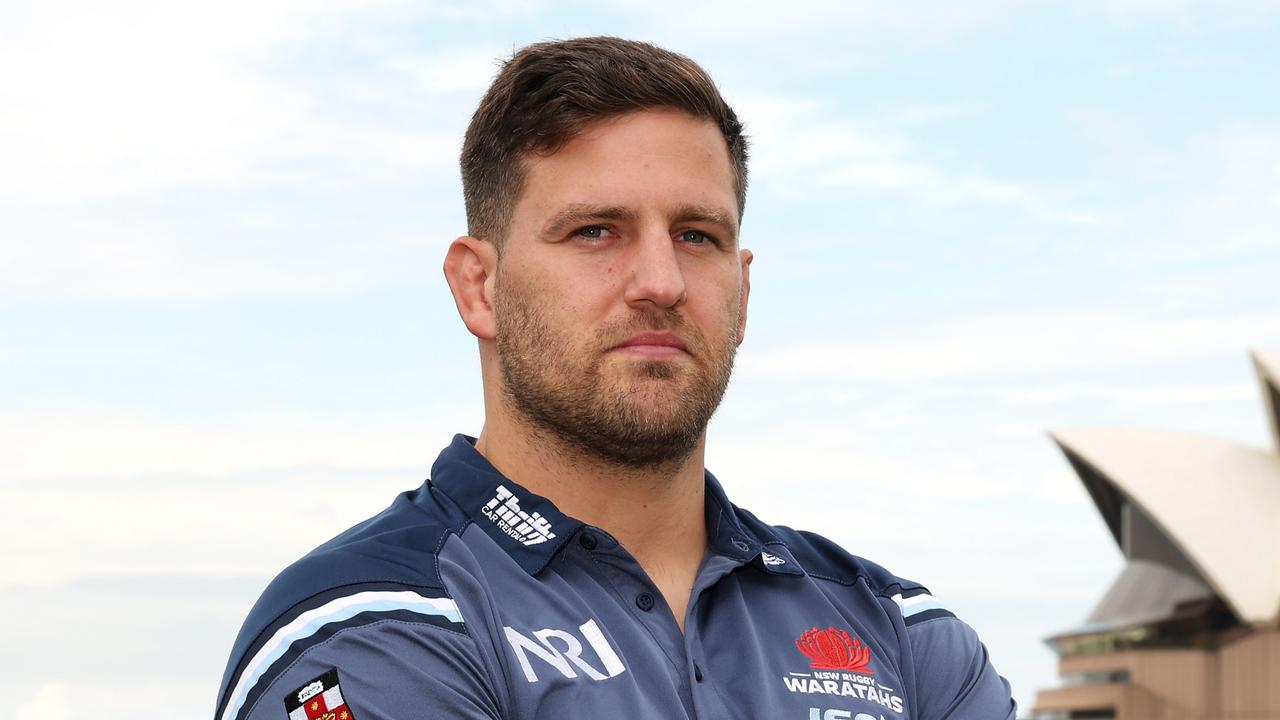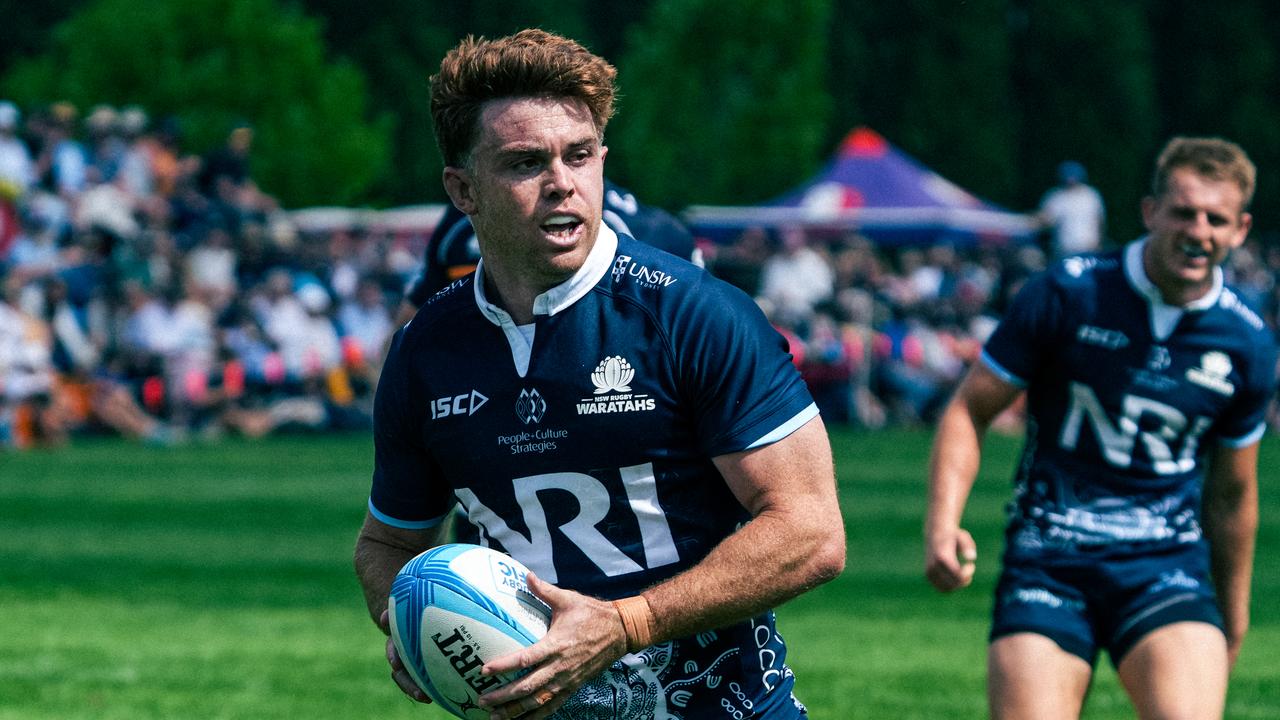The frank exchange between Western Force officials and ARU duo that sparked legal row
THE inside story of how one of the most bitter fights in Australian rugby history began.
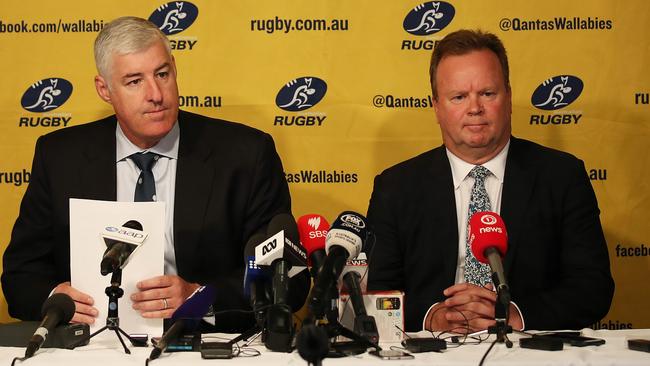
Rugby
Don't miss out on the headlines from Rugby. Followed categories will be added to My News.
LATE last year, a senior SANZAAR official let it slip in a private conversation that the Western Force would be axed from Super Rugby.
It came as a shock, and since there was no news of any planned cull to the competition over the next couple of months, the conversation was dismissed as misinformation.
Force officials were told nothing by the ARU about plans for their demise.
Then on the evening of March 27, when the Daily Telegraph first publicly revealed the plans to cut the Force, officials in the west remained miffed.
There was still nothing from the ARU to confirm any such move. But their silence was alarming.
FORREST: Rebels and Brumbies should merge
It took until April 9, when SANZAAR announced that Super Rugby would be trimmed from 18 teams to 15 in 2018, that the Perth franchise knew what had long been suspected.
The next day, ARU chairman Cameron Clyne and chief executive officer Bill Pulver addressed media, informing the public that either the Force or Melbourne Rebels would be cut from the competition “with 48-72 hours”.
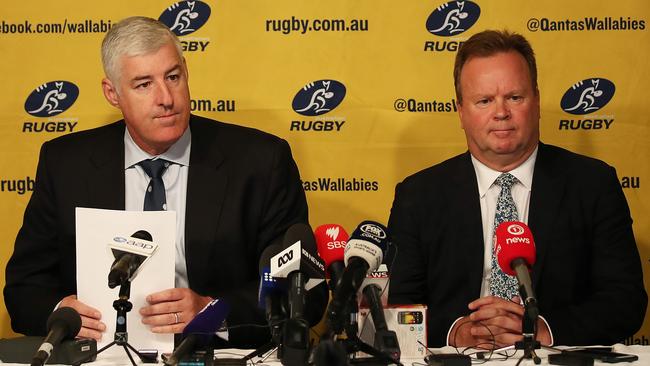
On April 11, Pulver flew to Melbourne to meet with Rebels licence holder Andrew Cox.
That same day, the ARU’s chief operating officer Rob Clarke, and chief financial officer, Todd Day, flew to Perth to meet the Force’s board of directors.
After entering the building, the pair said they wanted the meeting to be “in good faith”.
They then produced a PowerPoint presentation, in three categories marked by pale blue, yellow and green coding, outlining the financial woes of the ARU and the need to cut a team.
Then they revealed that cutting the Rebels would cost $13 million; $5.7 million to buy Cox’s license back and a further $8 million to pay the Victorian government who’d invested in bringing a 2020 Bledisloe Cup Test and a 2025 British & Irish Lions Test to Melbourne.
It soon became apparent to Force officials that this was not a meeting to discuss options.
“They were reading our last rites,” one figure at the meeting said.
When questioned about the numbers they were presenting and whether they could be examined, Clarke and Day said they were confidential.
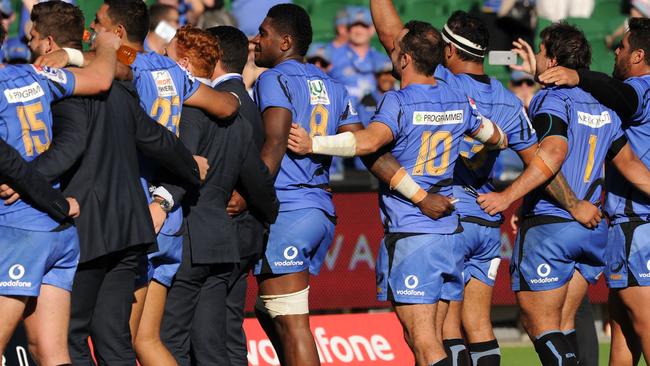
At that point, any sense the meeting could be held in good faith disappeared.
Clarke and Day left, the Force officials were seething.
By 3pm, the WA Rugby had informed the ARU they would launch legal action against them to save the Force.
The ball was rolling on an arbitration hearing that begins in Sydney on Monday to determine whether the Force can survive.
If the ARU wins the arbitration hearing, they’ll announce within four weeks that the Force are gone.
If they lose, they have serious issues, given Cox is on the verge of selling his licence to the Victorian Rugy Union, who are backed by their government.
If the ARU cannot axe a team, their SANZAAR member partners could take legal action against them, given South Africa has already shed their mandated two teams.
The damage done to Australian rugby over this whole saga is untold, and it will take years to rectify some of the issues that led to the initial problems.
Clarke and Day have already resigned from the ARU.
Pulver is expected to go soon after this whole affair is finished, while Clyne is under increasing pressure to hold his post.

